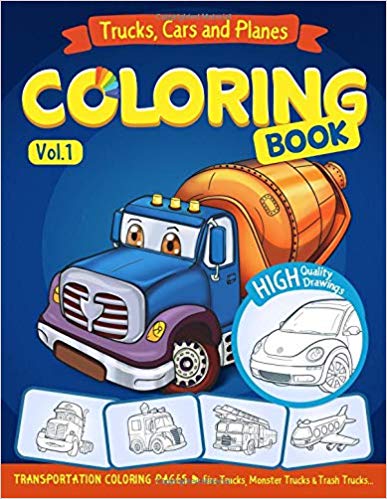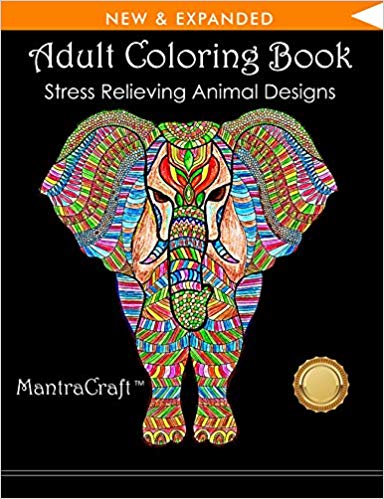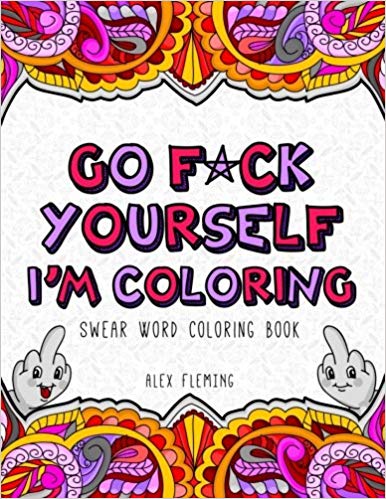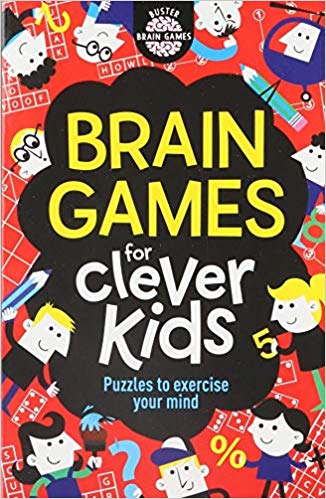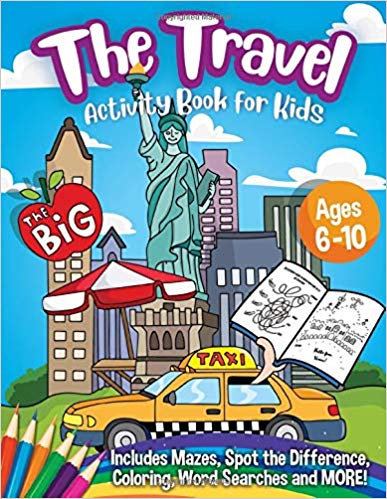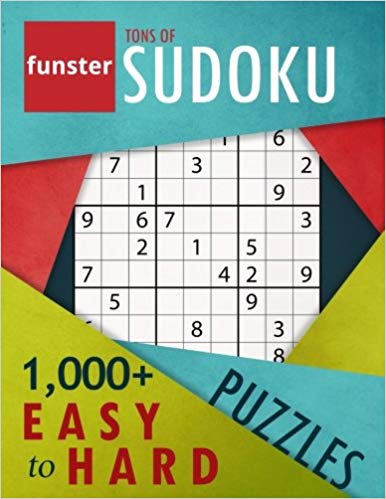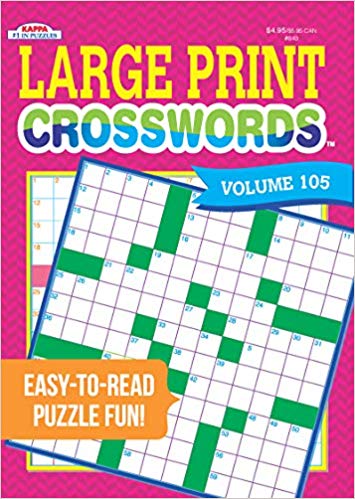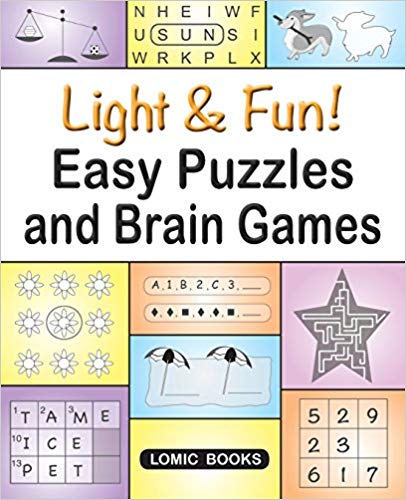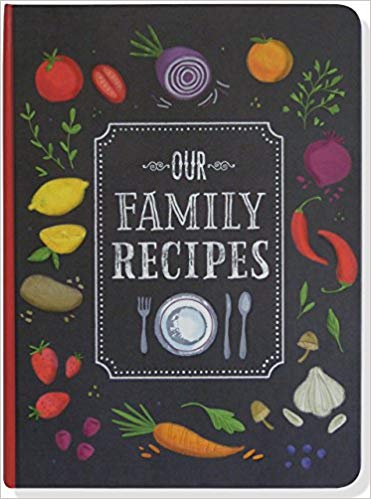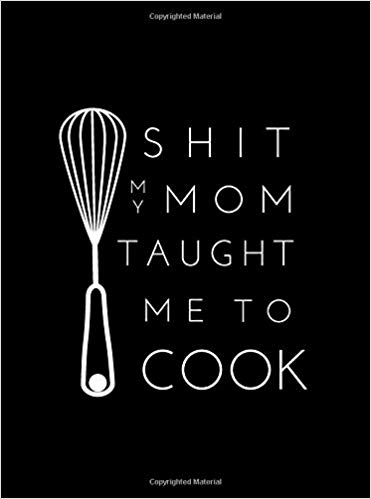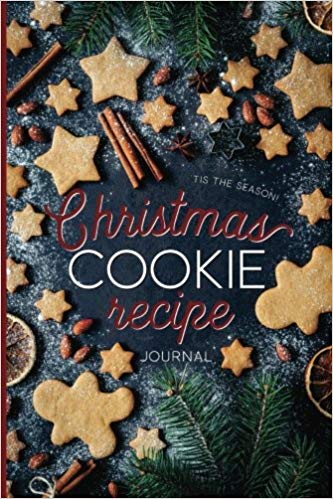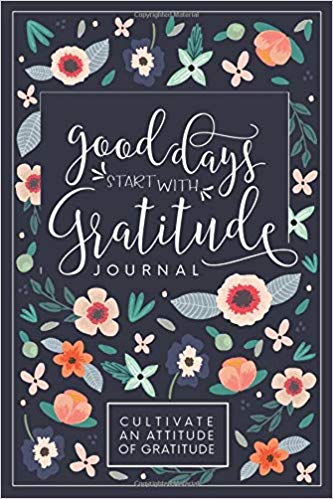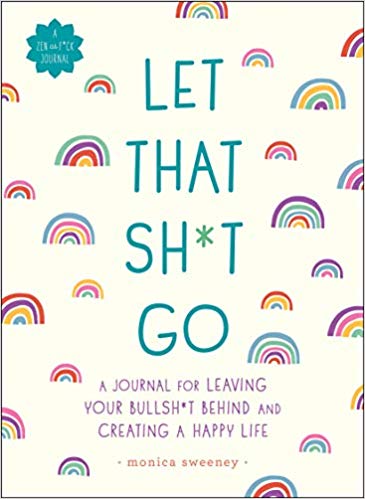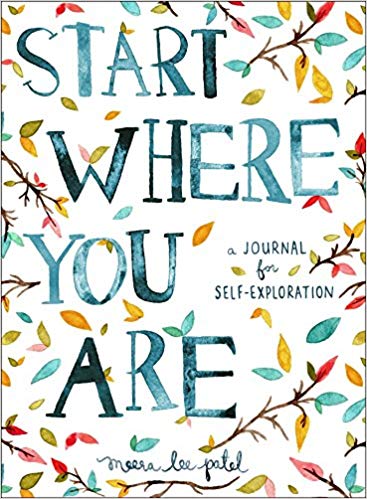As a follow up to a post from a couple weeks ago (and because you all asked for it!), I wanted to delve a bit further into the various types of low-content books that are out there and potentially worth pursuing as you get more and more comfortable creating more complex interiors.
With this particular mix, some of them are most definitely more labour-intensive than others, and there are a wide range of possibilities within each type. And as always, the further you niche-down, targeting as specific a consumer as you can find, the likelier you are to uncover an untapped niche and experience success.
Let’s dive in and take a look!
Colouring Books
Colouring books have been a gold mine for many over the last few years, especially those in the “adult colouring book” category. (Who would have known how much fun it could be spending an hour or two with a box of pencil crayons and a sheet of paper with the outlines of the words, “f*ck you” on it?)
Creating a colouring book from scratch can feel daunting at first consideration—most of us aren’t exactly professional illustrators, and paying someone who is can be cost prohibitive—but it can be much easier than you think. The absolute simplest way to create these is to visit your favourite free or paid stock image website and download vector illustrations that are either outline only (just like what appears in a colouring book), or illustrations that have solid outlines as well as fills (the interior, “coloured” part of the image), and then remove the fills so that you’re just left with the outline. You can then place each of these illustration outlines on its own page, and, voila! You now have a colouring book that you created from scratch.
For free vector editing software, try Vecteezy Editor, Inkscape, or Vectr.
Children’s Activity Books
There is a huge market for children’s activity books that are intended to entertain (think long car rides to grandma’s house), as well as teach. From connect-the-dot, simple word searches, and riddles, to math, reading, and writing challenges, there is no end to the possible combinations. Take a look at what’s currently out there—are there any gaps in the market? Could you create a prehistoric reptile themed colouring book? Or math and reading workbook intended for gifted preschool-age girls?
Puzzle Books
Just like children, adults like to sit down with an entertaining activity book of their own from time to time. From crosswords to word searches to sudoku, the great thing about puzzle books is that those who consume them tend to do so at a rapid rate, and always come back for more. (I’m reminded of my mother banning my dad from playing sudoku, as he’d begun to literally spend a couple hours a day with those little number puzzles.)
Puzzle books can be a lot of work to create, but there is actually software out there that can create various types of these books for you, so it could still be worth picking a theme that hasn’t been done, and going for it.
Blank Recipe Books
There might be a lot less variation with what you can do with a blank recipe book interior, as recipes tend to follow a standard format, but there is still a lot you can do with theme and style. You could focus on a particular cuisine (French country), holiday (Thanksgiving), specialty (summer cocktails), or something else, entirely (recipes for people who don’t have time to cook). Thinking about possibilities like this allow you to think more clearly about the type of style you might want to employ on the cover and interior pages.
Prompted Journals
This type of book has really taken off over the last couple of years, and can be as simple (think One Line a Day journals) or as complex (think Wreck This Journal) as you decided to make it.
As you might have guessed, creating low-content books like the examples above can be substantially more work than your typical lined journal—but that’s the point. As more and more people decide that they’d like to cash in on the massive opportunity that we have as self-publishers, the rewards will continue to flow for those who are willing to spend that extra bit of time creating a book that thousands of others will be unwilling to spend the time creating. This can be a huge win for us!
As always, look for narrow, underserved gaps in the market and that unique twist that only you can provide; don’t just throw up a bunch of generic crap and hope for the best. Focus on the research, produce quality over quantity, and think long-term. Your results will speak for themselves.
Have you tried any of the above types of low-content books? Or are you intimidated by the thought of creating more complex interiors, and unsure if the payoff will be worth the time spent? Let me know in the comments below!
FREE GUIDE: 3 Steps to Publishing Your First Low-Content Book in Less Than a Day
MORE LOW-CONTENT PUBLISHING TIPS: https://www.rachelharrisonsund.com/
